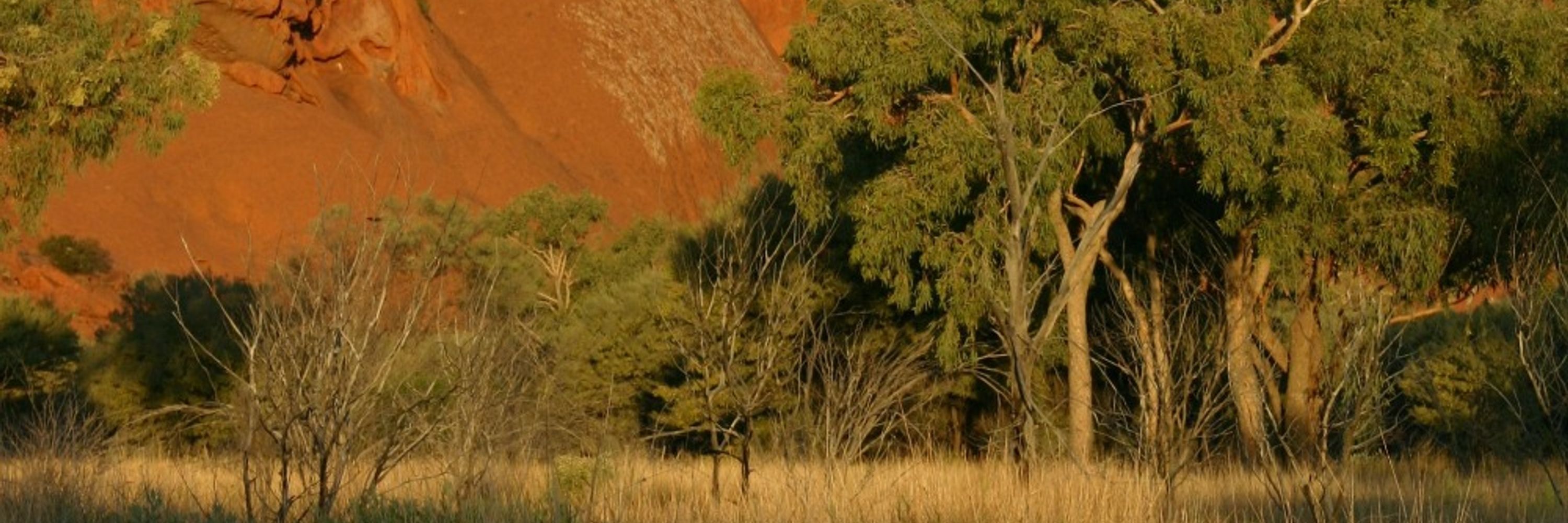
Eliot Miller
@eliotmiller.bsky.social
BirdsPlus Index. American Bird Conservancy. Dad. Natural history. Ecology and evolution, conservation, acoustics, and occasionally politics.
Click bait!? It'd be cool if the next time I went to watch a Black-capped Chickadee it was miraculously a flock of Bohemian Waxwings instead.
November 3, 2025 at 1:43 PM
Click bait!? It'd be cool if the next time I went to watch a Black-capped Chickadee it was miraculously a flock of Bohemian Waxwings instead.
Hah. Limited bandwidth is the name of my band actually
October 17, 2025 at 1:14 PM
Hah. Limited bandwidth is the name of my band actually
One of the take-homes is the importance of greenspaces in more urban (blue) areas. At this time of year in central NY color abounds. Made a bunch of palettes based on leaves/flowers around me, trying to be color-blind friendly. This was one of them. No offense taken if it doesn't pass public muster.
October 17, 2025 at 12:06 PM
One of the take-homes is the importance of greenspaces in more urban (blue) areas. At this time of year in central NY color abounds. Made a bunch of palettes based on leaves/flowers around me, trying to be color-blind friendly. This was one of them. No offense taken if it doesn't pass public muster.
Thanks both. I just whacked a panel from the real Fig. 2 into the post here. Fig. 2 has a color legend. It does go from blue (low expected diversity) to red (high expected diversity). But it doesn't mean good or bad. The paper shows how we use expectations to assess individual sites...
October 17, 2025 at 12:06 PM
Thanks both. I just whacked a panel from the real Fig. 2 into the post here. Fig. 2 has a color legend. It does go from blue (low expected diversity) to red (high expected diversity). But it doesn't mean good or bad. The paper shows how we use expectations to assess individual sites...
By deploying autonomous recording units at focal sites, such as coffee farms or managed forests, or even by making a series of phone recordings, we can then compare what we actually hear to those expectations to quantify ecological integrity.
October 16, 2025 at 4:16 PM
By deploying autonomous recording units at focal sites, such as coffee farms or managed forests, or even by making a series of phone recordings, we can then compare what we actually hear to those expectations to quantify ecological integrity.
In the new preprint, we link thousands of recordings collected by citizen scientists and stored at the phenomenal Macaulay Library @cornellbirds.bsky.social with sound identification models like Merlin and BirdNET to model expected diversity over time and space.
October 16, 2025 at 4:16 PM
In the new preprint, we link thousands of recordings collected by citizen scientists and stored at the phenomenal Macaulay Library @cornellbirds.bsky.social with sound identification models like Merlin and BirdNET to model expected diversity over time and space.
We also developed and released a new dataset on migration distances in that paper.
October 16, 2025 at 4:16 PM
We also developed and released a new dataset on migration distances in that paper.
"Aligning conservation status, vulnerability factors, and ecological and evolutionary uniqueness to produce integrated assessments of the world’s birds", where we link a number of important databases to put a conservation score on each of the world's bird species.
October 16, 2025 at 4:16 PM
"Aligning conservation status, vulnerability factors, and ecological and evolutionary uniqueness to produce integrated assessments of the world’s birds", where we link a number of important databases to put a conservation score on each of the world's bird species.
Over at @abcbirds.bsky.social, we've spent the last year developing this new approach, and we're excited to get it out in the world now. The current preprint builds off a second that we quietly released a few weeks ago...
www.biorxiv.org/content/10.1...
www.biorxiv.org/content/10.1...

October 16, 2025 at 4:16 PM
Over at @abcbirds.bsky.social, we've spent the last year developing this new approach, and we're excited to get it out in the world now. The current preprint builds off a second that we quietly released a few weeks ago...
www.biorxiv.org/content/10.1...
www.biorxiv.org/content/10.1...

